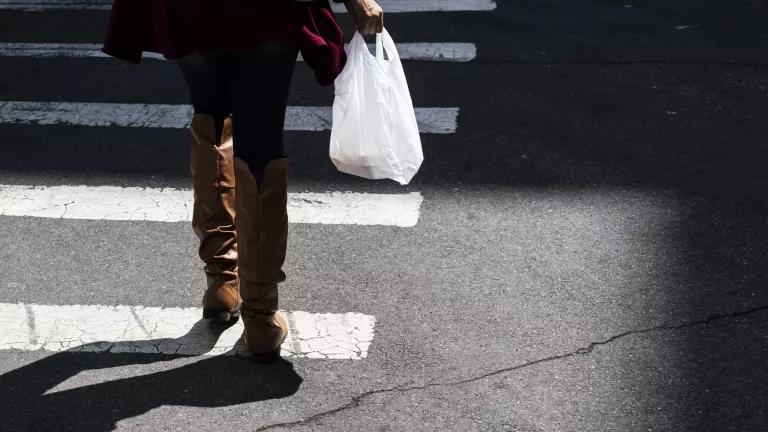Green Textile Redux: Clean by Design's 10 Best Practices Offer Even Greater Pollution Reduction and Cost Savings
In homes spread the globe over hang curtains at windows and clothing in closets made in developing countries like China, India and Bangladesh. Those everyday items are created in mills that chronically waste water and fuel and can pollute up to 200 tons of water for every one ton of fabric produced. As the textile market booms, this ubiquitous industry's massive environmental footprint does more than impact our shopping habits. China's textile sector alone emits more carbon than most countries.
Since most developing countries like China lack the governmental capacity to monitor manufacturing or enforce environmental standards, NRDC partnered with seven multinational apparel retailers and brands to launch the Responsible Sourcing Initiative (RSI), part of our larger Clean by Design effort. To start, in 2009-2010 NRDC worked with efficiency experts to assess real-world manufacturing practices in five typical Chinese mills. From what we learned, NRDC developed 10 Best Practices that mills can adopt to target resource inefficiencies and rapidly shrink their environmental impact -- using a collection of mostly no-cost or low-cost practices.
After two years of implementation at 22 mills altogether, NRDC's RSI has seen how our recommended efficiency measures can be adapted to a diverse range of mills and make an industry-wide impact. We've tweaked our initial recommendations for broader real-world application and have updated the 10 Best Practices. The new report,NRDC's 10 Best Practices for Textile Mills to Save Money and Reduce Pollution, offers a 2.0 version of our 10 Best Practices, with projections for how much each initiative will cost mills, the payback period, and the opportunity for resource savings.
Applying all 10 Best Practices, a typical mill can save even more than RSI initially estimated -- cutting both water and fuel usage by as much as 45 percent, with initiatives that typically pay for themselves in less than one year. Many of our recommendations, like reusing cooling water and recovering heat from hot water, pay back within a few months or less. One mill that NRDC audited twice was found to have the opportunity to cut water and steam use by 15.4 percent, saving the mill over $1.1 million per year, at a relative cost of just $237,000.
NRDC's 10 Best Practices for Textile Mills to Save Money and Reduce Pollution also includes recommendations for mills that are ready to surpass standard efficiency measures, as well as simple good housekeeping measures that require little or no investment, but that can offer between 5 to 10 percent in resource savings. RSI's experience in textile mills in China and Bangladesh demonstrates how environmental reforms can revolutionize textile production and create considerable cost-savings in an industry that touches all of our lives.





